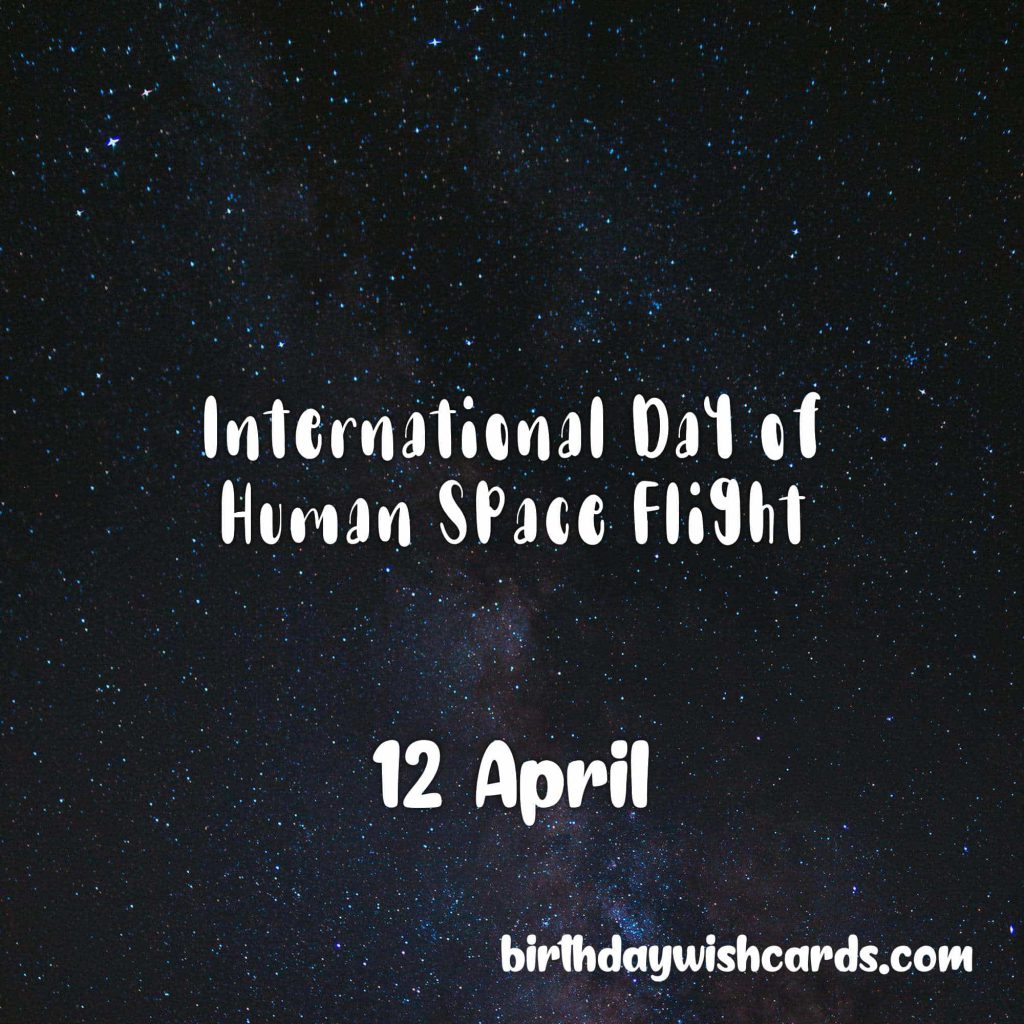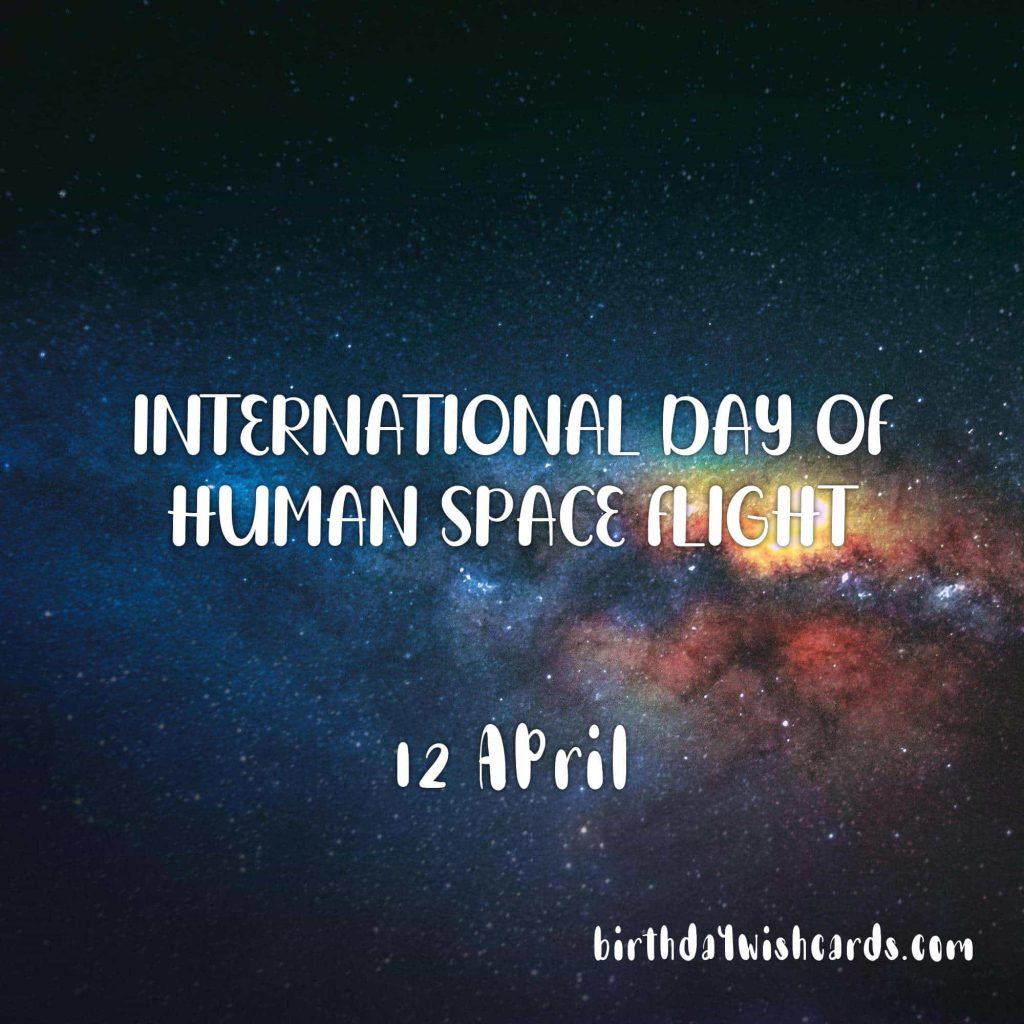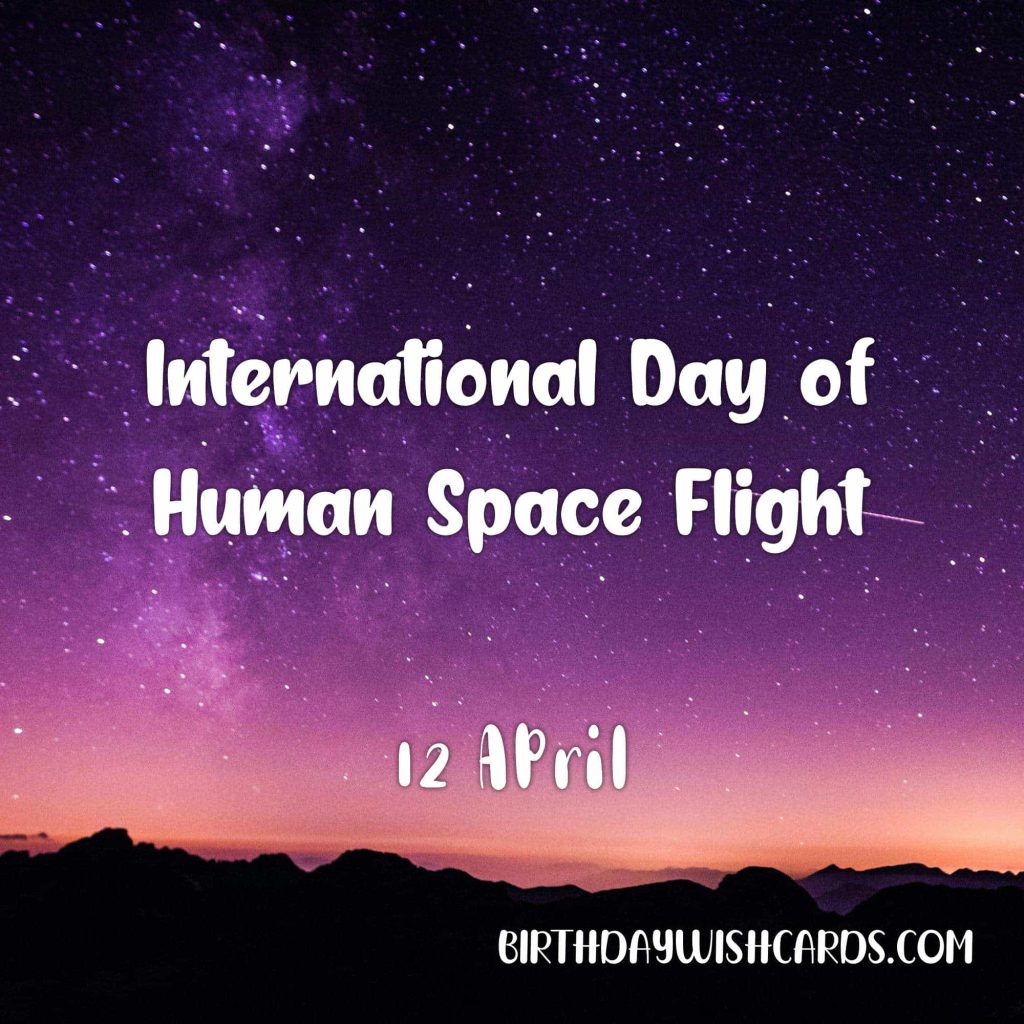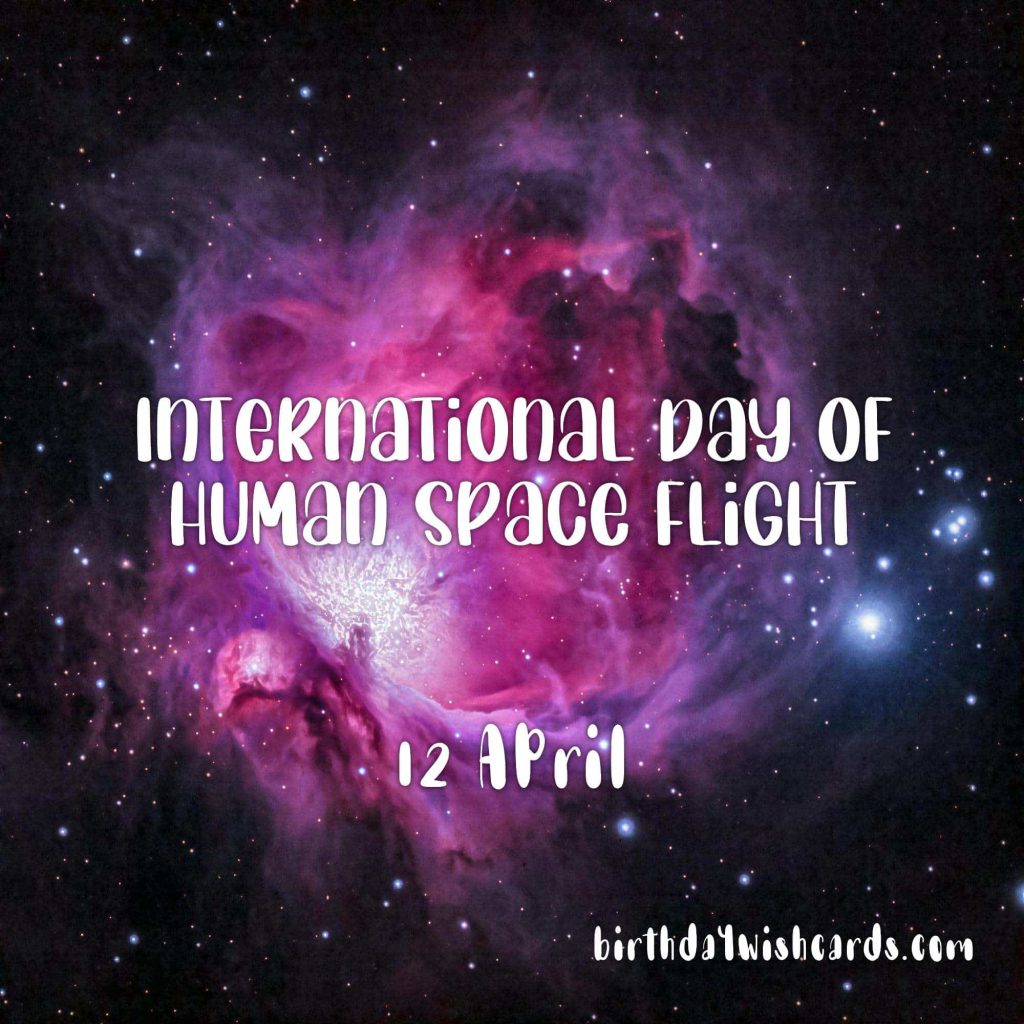
12 April: International Day of Human Space Flight
Background of the Day
The era of human space exploration began with a groundbreaking achievement on 4 October 1957, when the first human-made satellite, Sputnik I, was launched into Earth’s orbit. This event marked the dawn of the space age, sparking worldwide interest and competition in space technology and exploration. Building on this milestone, on 12 April 1961, Soviet cosmonaut Yuri Gagarin became the first human to orbit the Earth, making history and opening a new chapter in humanity’s journey beyond our planet.
Since Gagarin’s pioneering flight, numerous milestones have expanded humanity’s presence and achievements in space. On 16 June 1963, Valentina Tereshkova became the first woman to orbit the Earth, symbolizing progress and inclusivity in human spaceflight. On 20 July 1969, Neil Armstrong famously set foot on the Moon, representing a monumental leap in space exploration. International cooperation took center stage with the docking of the Apollo and Soyuz spacecraft on 17 July 1975—the first joint space mission between the United States and the Soviet Union. Today, humanity maintains a continuous multinational presence aboard the International Space Station (ISS), exemplifying peaceful collaboration and scientific advancement in space.
The Beginning of Space Exploration for Humankind
The United Nations General Assembly recognized the significance of human spaceflight by adopting resolution A/RES/65/271 on 7 April 2011, officially designating 12 April as the International Day of Human Space Flight. This day is celebrated annually worldwide to commemorate the beginning of humanity’s journey into space and to acknowledge the vital role of space technology and science in sustainable development and the well-being of all nations and peoples.
This resolution underscores the importance of space exploration as a peaceful endeavor that benefits all humanity. Yuri Gagarin’s historic flight on 12 April 1961 not only marked a technological milestone but also symbolized the potential for global cooperation and progress. The United Nations emphasizes that outer space should remain accessible and be used for peaceful purposes, ensuring that all countries can share in the benefits of space activities.
Ongoing international efforts promote the peaceful exploration and use of outer space. The International Day of Human Space Flight serves as a reminder of our shared interest in expanding the frontiers of knowledge and technology for the common good. It also encourages increased collaboration between nations to advance space science, technology, and exploration, while inspiring future generations through education and outreach.
Key Milestones in Human Spaceflight
- Sputnik I Launch (4 October 1957): The launch of the first artificial satellite, marking the beginning of the space age.
- First Human in Orbit (12 April 1961): Yuri Gagarin’s historic flight as the first person to orbit Earth.
- First Woman in Space (16 June 1963): Valentina Tereshkova became the first female cosmonaut to orbit Earth.
- First Human Moon Landing (20 July 1969): Neil Armstrong and Buzz Aldrin set foot on the Moon during the Apollo 11 mission.
- Apollo-Soyuz Docking (17 July 1975): The first international space mission between the USA and USSR, symbolizing détente and cooperation.
- International Space Station (2000–Present): A multinational space laboratory maintaining a continuous human presence in space.
Significance of the International Day of Human Space Flight
The International Day of Human Space Flight is more than a commemoration; it embodies the spirit of exploration, scientific progress, and international collaboration. This day invites reflection on how space technologies have transformed daily life on Earth, from satellite communications and weather forecasting to navigation systems and environmental monitoring.
It also serves to inspire young people around the world to pursue careers in science, technology, engineering, and mathematics (STEM), emphasizing that space exploration is a collective endeavor benefiting all humanity. Governments, educational institutions, and space agencies organize lectures, exhibitions, and activities to raise awareness and celebrate achievements in human spaceflight.
Current and Future Perspectives in Human Spaceflight
Human spaceflight continues to evolve, presenting new challenges and opportunities. Advances in technology are enabling longer missions, deep space exploration, and the prospect of human settlement beyond Earth. Programs such as NASA’s Artemis mission aim to return humans to the Moon and prepare for future crewed missions to Mars.
Private companies are increasingly contributing to space exploration, driving innovation and expanding access to space. Collaboration between governmental space agencies and private industry is shaping the future of human spaceflight, opening new possibilities for scientific discovery and economic growth.
International partnerships remain essential, ensuring that space exploration is conducted peacefully and inclusively. The International Day of Human Space Flight serves as a reminder of these shared goals and encourages continued cooperation for the benefit of all people.
Gallery of Human Spaceflight
The following images capture some of the most significant moments and milestones in human space exploration:
Explore the Vibrant and Colorful International Carnival of Victoria – An Epitome of Entertainment







